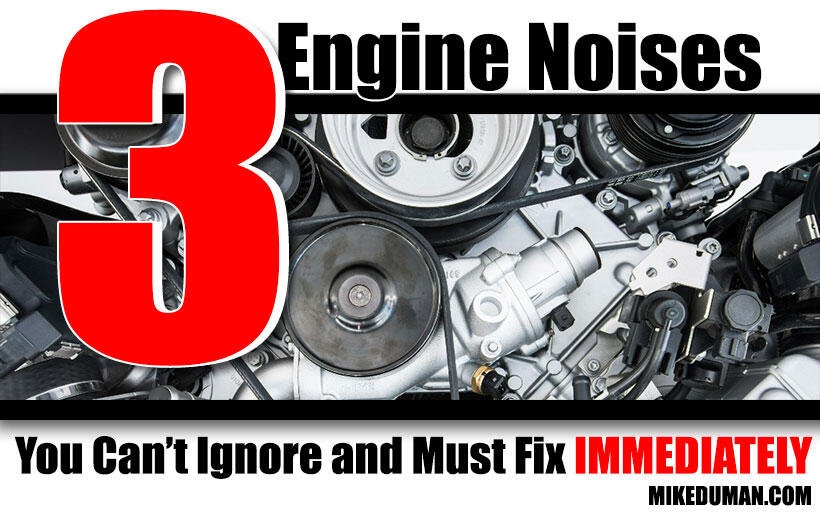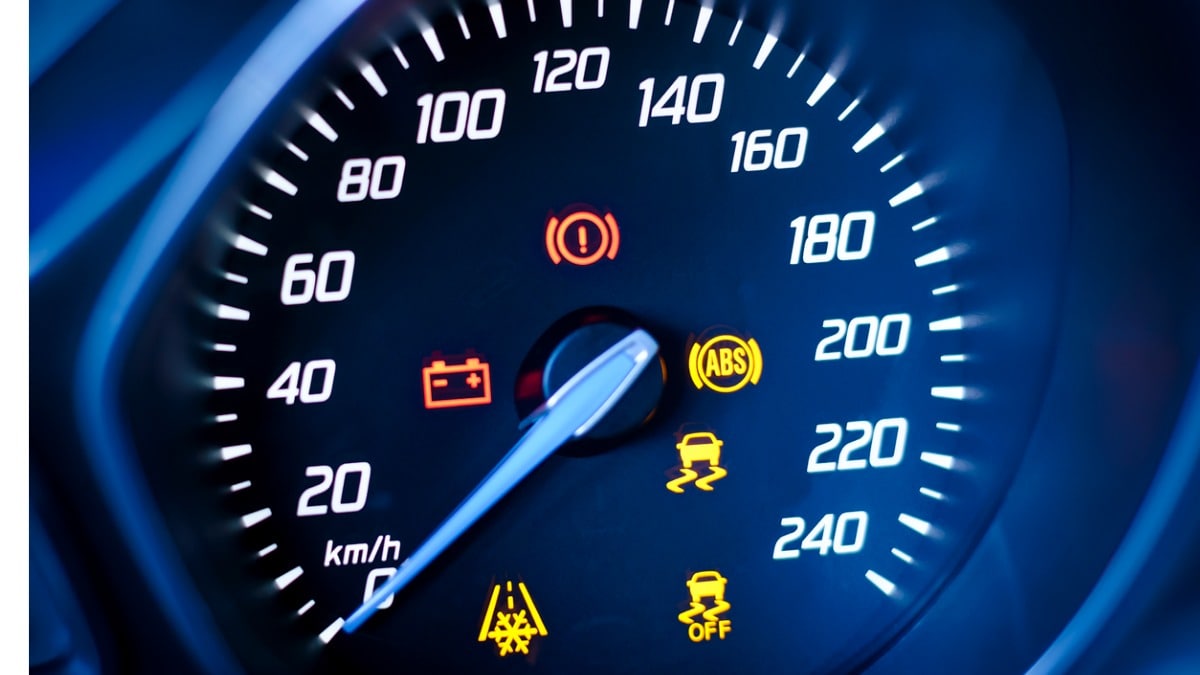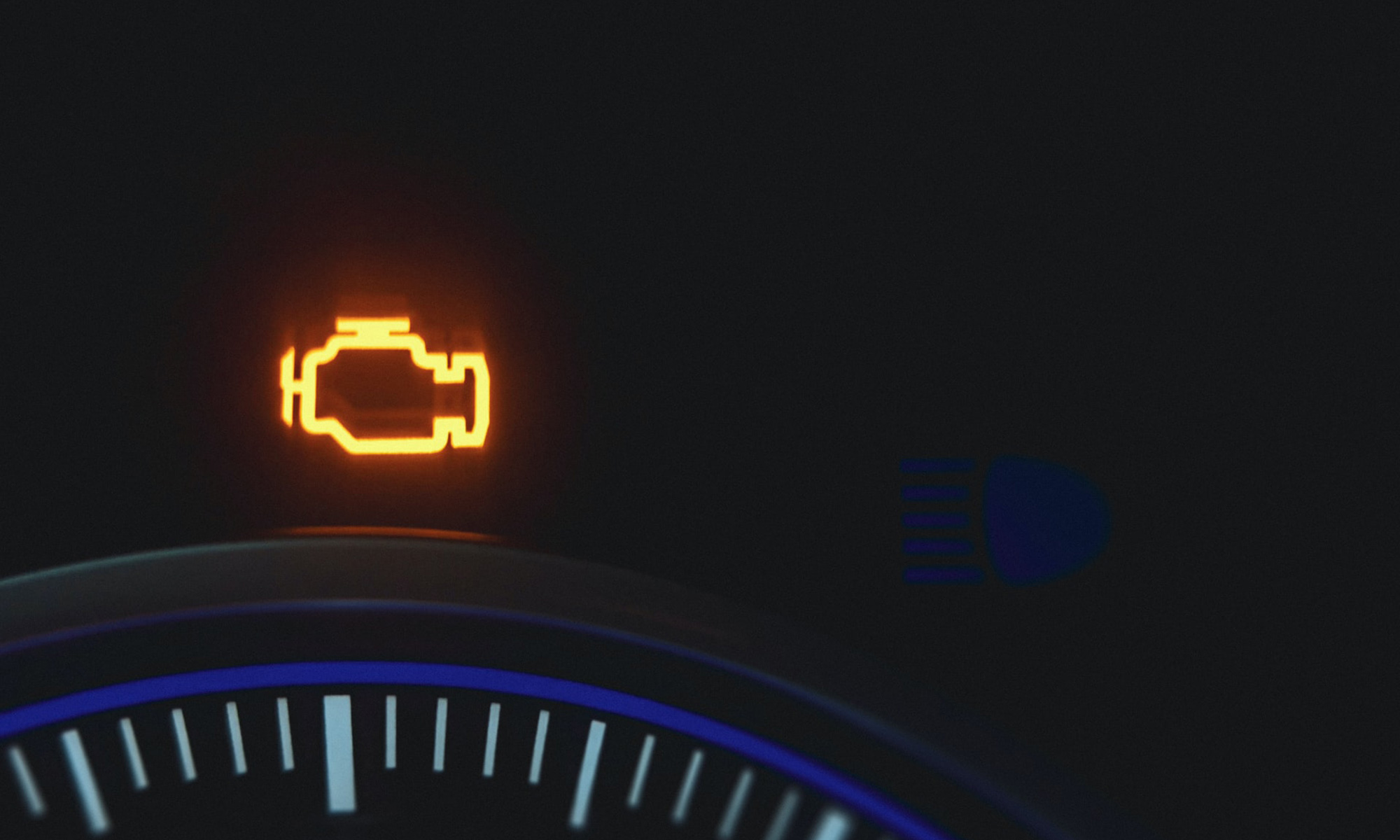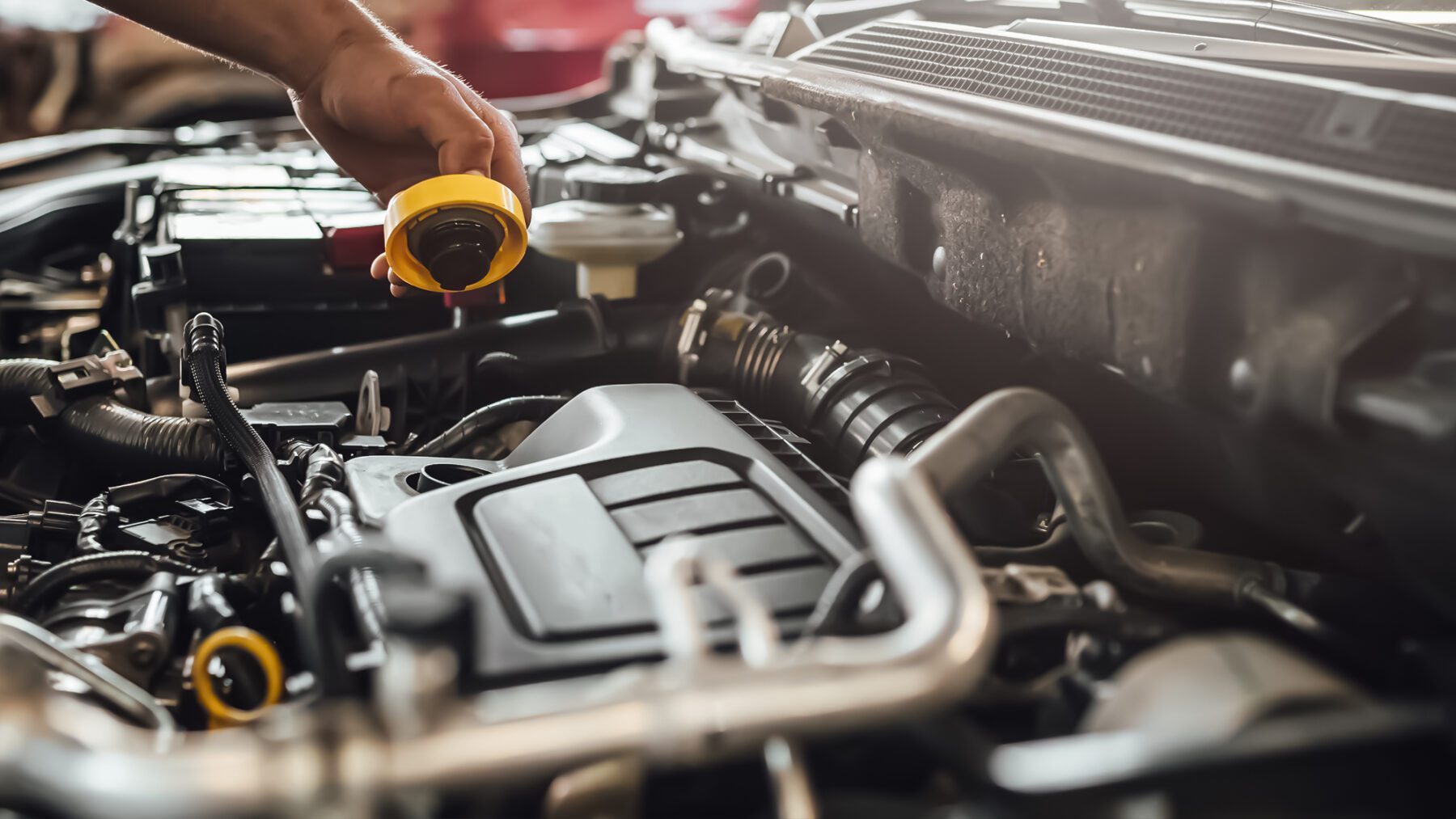Introduction
The engine is the heart of a car, responsible for its performance and functionality. Detecting signs of engine damage early can prevent costly repairs and breakdowns. This article will outline common signs of engine damage, including external signs such as leaks and abnormal noise, performance issues like decreased power and misfires, monitoring gauges and warning lights, and strange smells and smoke. By understanding these signs, car owners can take prompt action and ensure their engine's longevity.
Overview of engine damage signs

Overview of engine damage signs:
There are several signs that can indicate potential damage to a car's engine. These signs include visible leaks and puddles, abnormal engine noise, decreased power and acceleration, engine misfires and stalling, illuminated check engine light, fluctuations in temperature or oil pressure, burning odor and smoke from the engine, and exhaust smoke color and consistency. Recognizing these signs early can help car owners address engine problems before they worsen and avoid costly repairs. Regular maintenance and inspection are essential for ensuring the longevity and performance of the engine.
Common causes of engine damage

Common causes of engine damage can include a lack of proper maintenance, such as not regularly changing the oil or neglecting to replace worn-out parts. Overheating and coolant system failures can also lead to engine damage. In addition, driving with low oil levels, using poor quality or incorrect fuel, and experiencing a severe impact or accident can all contribute to engine damage. It is important for car owners to be aware of these potential causes and take necessary precautions to prevent engine damage.
External Signs

External Signs:
Visible leaks and puddles: Be on the lookout for any visible leaks or puddles under your vehicle. This could indicate a leak in the coolant system, oil system, or even a transmission fluid leak.
Abnormal engine noise: Pay attention to any unusual noises coming from your engine. This could include grinding, knocking, or squealing sounds. These noises can be a sign of engine damage or a worn-out component.
Regularly inspecting your car for these external signs can help you identify potential engine damage early on and prevent further issues.
Visible leaks and puddles

Visible leaks and puddles under a vehicle are clear signs of engine damage. These leaks can occur from the coolant system, oil system, or even transmission fluid. It is important to inspect your car regularly for any visible leaks or puddles to prevent further damage to the engine. If you notice any leaks, it is best to have a professional mechanic inspect and repair the issue promptly.
Abnormal engine noise

Abnormal engine noise is another clear sign of engine damage. If you start hearing unusual sounds such as knocking, grinding, or tapping coming from your engine, it could indicate issues with various components such as the pistons, bearings, or valves. Ignoring these noises can lead to further damage and costly repairs. It is important to have your vehicle inspected by a professional mechanic to diagnose and repair the source of the abnormal engine noise promptly.
Performance Issues
Performance issues are another indicator of engine damage. If you notice a decrease in power and acceleration, it could be a sign of issues with the engine's fuel or air intake system. Engine misfires and stalling can also occur due to problems with spark plugs or the ignition system. These performance issues can significantly impact your driving experience and should be addressed by a professional mechanic. Regular maintenance and inspections can help detect and prevent these issues from becoming more severe.
Decreased power and acceleration

Decreased power and acceleration are clear signs of engine damage. When the engine is not functioning properly, it may struggle to provide the necessary power and speed. This can be caused by issues with the fuel or air intake system, spark plugs, or the ignition system. It is important to address these performance issues promptly to prevent further damage to the engine. Regular maintenance and inspections can help identify and resolve these problems effectively.
Engine misfires and stalling

Engine misfires and stalling are common signs of engine damage. An engine misfire occurs when the fuel-air mixture in one or more cylinders fails to ignite properly. This can result in a loss of power and irregular engine operation. Stalling, on the other hand, happens when the engine suddenly stops running while the vehicle is in motion. Both these issues require immediate attention as they can lead to further damage and potential safety hazards.
Monitoring Gauges and Warning Lights

When it comes to detecting engine damage, monitoring the gauges and warning lights on your dashboard is crucial. Keep an eye out for any warning lights, particularly the illuminated check engine light, as it can indicate a wide range of issues. Additionally, fluctuations in temperature or oil pressure can also be signs of engine damage. Regularly checking these gauges and addressing any abnormalities promptly can help prevent further damage to your engine.
Illuminated check engine light

The illuminated check engine light is a crucial indicator of potential engine damage. When this light turns on, it signifies that the car's onboard diagnostic system has detected a problem. This can range from something as simple as a loose gas cap to more serious issues like misfires or sensor malfunctions. Ignoring this light can lead to further damage and costly repairs. It is important to have the vehicle checked by a professional to determine the cause of the illuminated check engine light.
Fluctuations in temperature or oil pressure

Fluctuations in temperature or oil pressure can be clear indicators of engine damage. If the temperature gauge shows sudden spikes or drops, it could signify a cooling system issue or a malfunctioning thermostat. Similarly, if the oil pressure gauge shows inconsistent readings, it could indicate a problem with the oil pump or a leak in the system. These fluctuations should not be ignored and should be addressed by a professional mechanic promptly.
Strange Smells and Smoke

Strange smells and smoke coming from the engine can be strong indicators of engine damage. A burning odor could suggest an overheated engine, a coolant leak, or an issue with the electrical system. Additionally, the color and consistency of the exhaust smoke can provide valuable information. Thick, black smoke could signal a fuel mixture problem, while white smoke might indicate a coolant leak. Any unusual smells or smoke should be inspected by a professional mechanic immediately to prevent further damage.
Burning odor and smoke from the engine

Strong and unpleasant burning odors coming from the engine are a clear sign of damage. This could indicate an overheated engine, a coolant leak, or even an issue with the electrical system. In addition, smoke coming from the engine should never be ignored. It is important to have a professional mechanic inspect and diagnose the problem as soon as possible to prevent further damage and potential safety hazards.
Exhaust smoke color and consistency

Exhaust smoke color and consistency can provide crucial clues about the health of your car's engine. Here are the different exhaust smoke colors and what they indicate:
- White or light gray smoke: This could be a sign of coolant entering the combustion chamber, indicating a possible coolant leak or a blown head gasket.
- Blue smoke: Blue smoke usually indicates burning oil, which could be due to worn piston rings, valve seals, or a malfunctioning PCV system.
- Black smoke: Black smoke is typically caused by an overly rich fuel mixture, indicating a problem with the fuel injectors, air filters, or oxygen sensor.
- Excessive smoke or smoky odor: If you notice excessive smoke or a strong smoky odor, it could be a sign of a more serious problem, such as a damaged piston or engine block.
It's crucial to address any abnormal exhaust smoke immediately by consulting a professional mechanic for a proper diagnosis and necessary repairs.
Conclusion

In conclusion, being aware of the signs of engine damage is crucial for every car owner. Regular maintenance and inspection can help detect problems early on and prevent further damage. Whether it's visible leaks, abnormal noises, performance issues, warning lights, or strange smells, paying attention to these indicators can help identify engine problems and seek necessary repairs. Remember, addressing engine damage promptly can save you from costly repairs and ensure the longevity of your vehicle.
Importance of regular maintenance and inspection

Regular maintenance and inspection are essential for ensuring the health and longevity of your car's engine. By regularly servicing your vehicle and conducting inspections, you can identify and address potential issues before they escalate into major damage. This not only saves you from costly repairs in the long run but also helps maintain optimal engine performance and fuel efficiency. Don't overlook the importance of regular maintenance in keeping your engine running smoothly.
Key indicators of engine damage to look out for

Key indicators of engine damage to look out for include visible leaks and puddles, abnormal engine noise, decreased power and acceleration, engine misfires and stalling, illuminated check engine light, fluctuation in temperature or oil pressure, burning odor and smoke from the engine, and the color and consistency of exhaust smoke. These signs can help identify potential issues with your car's engine and prompt you to seek professional assistance. Regular monitoring of these indicators is crucial for maintaining the health of your engine.